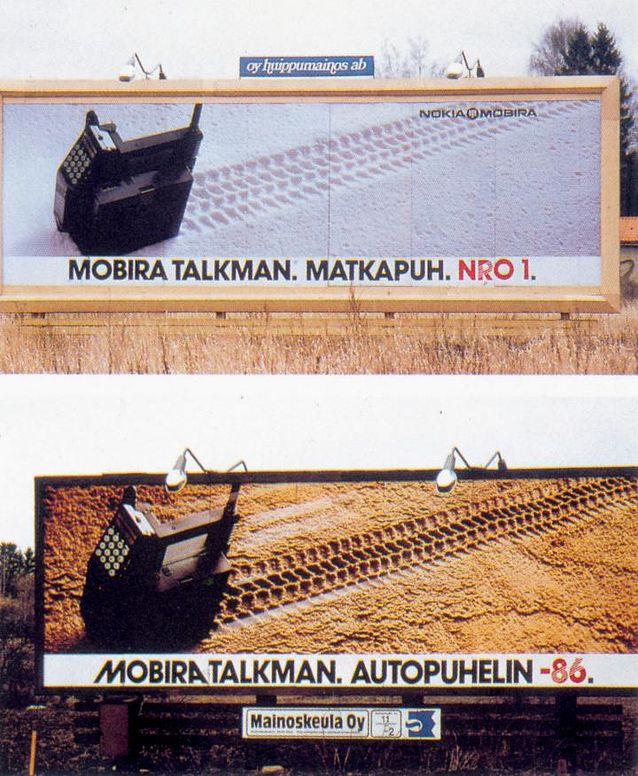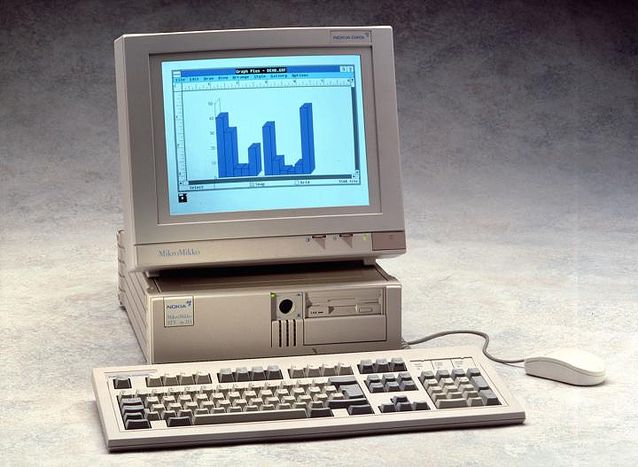Arja Suominen
Born October 24, 1958, Forssa
BA 1982 (Finnish Language), BA 1986 (Finnish Literature), University of Helsinki
MA 1990 in the Faculty of Arts 350th anniversary degree ceremony
eMBA 2003, Turku School of Economics
SVP of Communications and Corporate Responsibility at Finnair, 2001-
SVP of Nokia Communications, 2004–2011
Various positions in communications at Nokia, 1982–2011
Research assistant, teacher and proofreader at the Institute for the Languages of Finland, Töölö secondary school and parliament
Member of the Finnish Chamber of Commerce’s Communications Committee, 2015-
Member of the Savolinna Opera Festival’s Board of Directors, 2015
Member of the Board of Directors of Esperi Care, 2014-
Member of the Confederation of Finnish Industries’ General Assembly, 2012-
Member of the Women’s Bank Steering Committee, 2012-
Photo: Pepe Makkonen, TeMaFoto Oy
Written by Arja Suominen (Riitta-Ilona Hurmerinta, ed.)
Translated by Joe McVeigh


